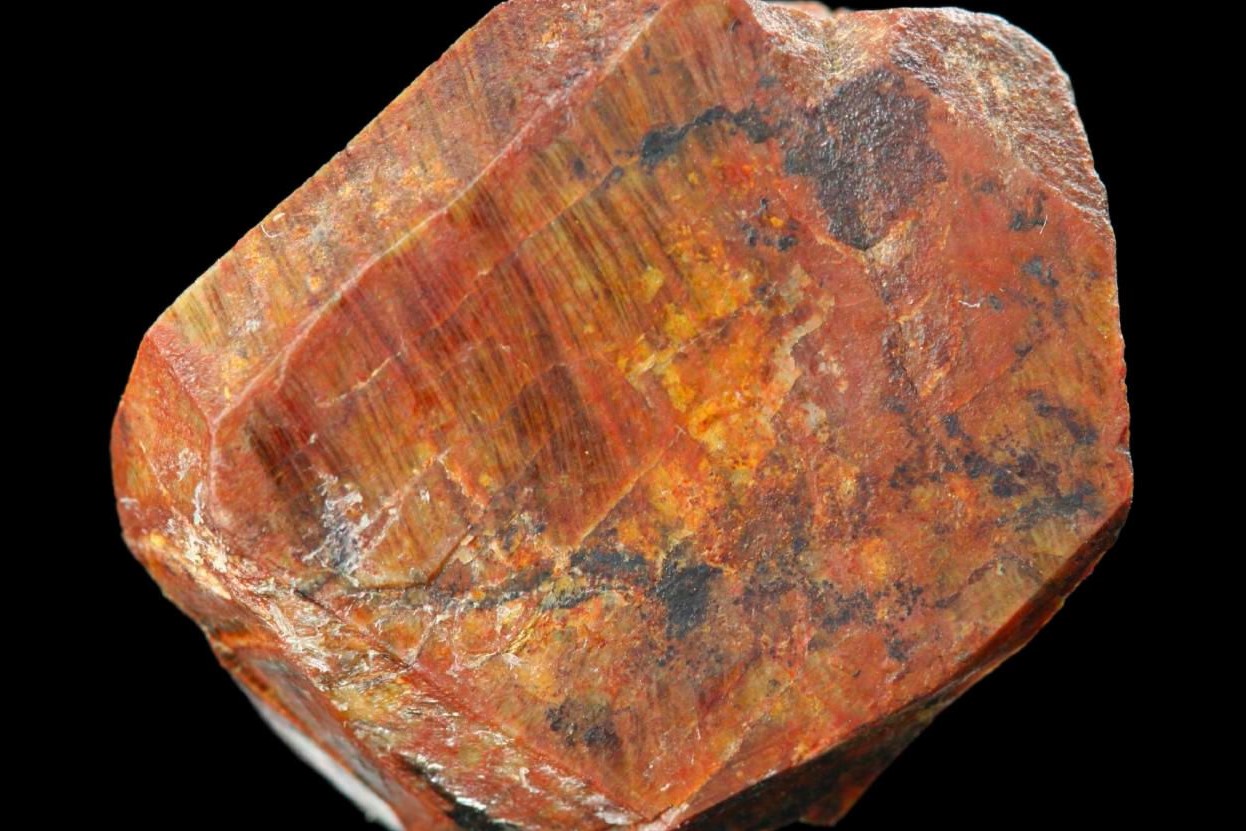
Francium is one of the rarest and most intriguing elements on the periodic table. With the atomic number 87, this highly radioactive metal is part of the alkali group. Did you know that francium is so scarce that scientists estimate there are only about 30 grams of it in the Earth's crust at any given time? This element was discovered by Marguerite Perey in 1939, making her the first woman to discover an element since Marie Curie. Francium's fleeting existence and extreme reactivity make it a fascinating subject for chemists and physicists alike. Curious about more intriguing facts? Keep reading to uncover 40 amazing tidbits about this elusive element!
Key Takeaways:
- Francium, the rare and radioactive element, has unique properties and is named after France. It's highly reactive and used in scientific research, but must be handled with extreme caution due to its radioactivity.
- Despite its rarity, francium has potential uses in scientific research, medical studies, and atomic structure studies. Its discovery confirmed the existence of the seventh period in the periodic table and marked a significant milestone in nuclear chemistry.
What is Francium?
Francium is one of the rarest and most fascinating elements on the periodic table. It belongs to the alkali metal group and has some unique properties that make it stand out. Here are some intriguing facts about francium.
-
Francium is represented by the symbol Fr and has the atomic number 87.
-
It was discovered by Marguerite Perey in 1939, making it one of the last naturally occurring elements to be found.
-
Francium is named after France, the country where it was discovered.
-
This element is incredibly rare, with estimates suggesting there are only about 30 grams of francium in the Earth's crust at any given time.
-
Francium is highly radioactive, with a half-life of only 22 minutes for its most stable isotope, Francium-223.
Physical Properties of Francium
Francium's physical properties are as unique as its discovery. Let's dive into some of these characteristics.
-
Francium is an alkali metal, which means it shares properties with elements like sodium and potassium.
-
It is expected to be a soft, metallic solid at room temperature, although no one has ever seen a large enough sample to confirm this.
-
Francium's melting point is estimated to be around 27°C (81°F), which is relatively low for a metal.
-
Its boiling point is also quite low, estimated at around 677°C (1251°F).
-
Francium is the least electronegative of all the elements, meaning it has a very low tendency to attract electrons.
Chemical Properties of Francium
The chemical properties of francium are equally fascinating. Here are some key points.
-
Francium is highly reactive, especially with water, similar to other alkali metals.
-
When francium reacts with water, it produces francium hydroxide and hydrogen gas.
-
It forms compounds primarily in the +1 oxidation state, like francium chloride (FrCl).
-
Francium is expected to have a golden color, although this has never been observed due to its rarity and radioactivity.
-
It is the heaviest of the alkali metals.
Francium in Nature
Francium's presence in nature is minimal but still noteworthy. Here are some facts about its natural occurrence.
-
Francium is found in trace amounts in uranium and thorium ores.
-
It is produced naturally through the alpha decay of actinium-227.
-
Francium can also be created in the lab by bombarding thorium with protons.
-
Due to its short half-life, francium does not accumulate in large quantities in nature.
-
Francium is so rare that it is estimated there is only one francium atom in every 1×10^18 uranium atoms.
Uses of Francium
Despite its rarity and radioactivity, francium has some interesting potential uses.
-
Francium has no significant commercial applications due to its scarcity and radioactivity.
-
It is primarily used for scientific research, particularly in the fields of chemistry and physics.
-
Francium can be used in atomic structure studies to understand more about the behavior of heavy alkali metals.
-
It has been used in laser cooling experiments to study the properties of atoms at extremely low temperatures.
-
Francium's radioactivity makes it useful in medical research, particularly in the study of cancer treatments.
Health and Safety Concerns
Handling francium comes with significant health and safety concerns due to its radioactivity.
-
Francium is highly radioactive, making it dangerous to handle without proper precautions.
-
Exposure to francium can cause radiation poisoning, which can be fatal.
-
It must be stored in shielded containers to protect against its intense radiation.
-
Francium's radioactivity can cause severe burns if it comes into contact with skin.
-
It is classified as a hazardous material and requires special handling and disposal procedures.
Fun and Miscellaneous Facts
Here are some fun and miscellaneous facts about francium that you might find interesting.
-
Francium is one of the least studied elements due to its rarity and radioactivity.
-
It is often referred to as the "Cinderella of the Elements" because it disappears so quickly.
-
Francium is the second rarest naturally occurring element, after astatine.
-
The discovery of francium confirmed the existence of the seventh period in the periodic table.
-
Francium's discovery was a significant milestone in the field of nuclear chemistry.
-
It is one of the few elements that have no stable isotopes.
-
Francium's most stable isotope, Francium-223, is part of the actinium decay series.
-
The element has a high ionization energy, making it difficult to ionize.
-
Francium's electron configuration is [Rn] 7s1, similar to other alkali metals.
-
Despite its challenges, francium continues to be a subject of scientific curiosity and research.
The Final Word on Francium
Francium, the elusive element, holds a unique place in the periodic table. With its extreme rarity and radioactive nature, it fascinates scientists and enthusiasts alike. Despite being the least stable of the first 101 elements, francium's fleeting existence offers valuable insights into atomic structure and behavior. Its discovery by Marguerite Perey in 1939 marked a significant milestone in chemistry. While practical applications remain limited due to its short half-life, francium's role in scientific research cannot be understated. Understanding francium helps us appreciate the complexities of the natural world and the ongoing quest for knowledge. So, next time you think about the elements, remember the fleeting yet fascinating story of francium. It’s a testament to the wonders hidden within the periodic table, waiting to be uncovered.
Frequently Asked Questions
Was this page helpful?
Our commitment to delivering trustworthy and engaging content is at the heart of what we do. Each fact on our site is contributed by real users like you, bringing a wealth of diverse insights and information. To ensure the highest standards of accuracy and reliability, our dedicated editors meticulously review each submission. This process guarantees that the facts we share are not only fascinating but also credible. Trust in our commitment to quality and authenticity as you explore and learn with us.


